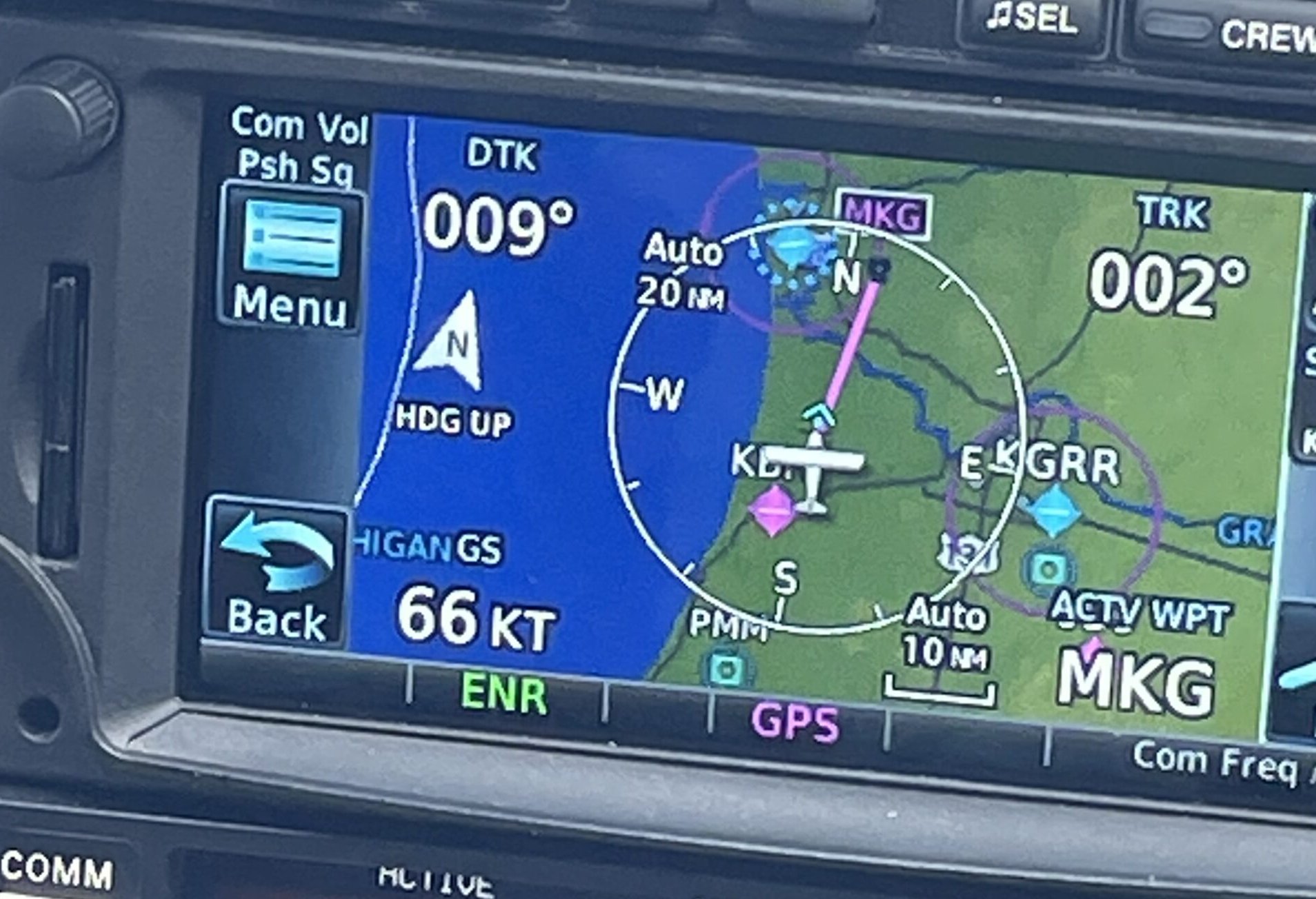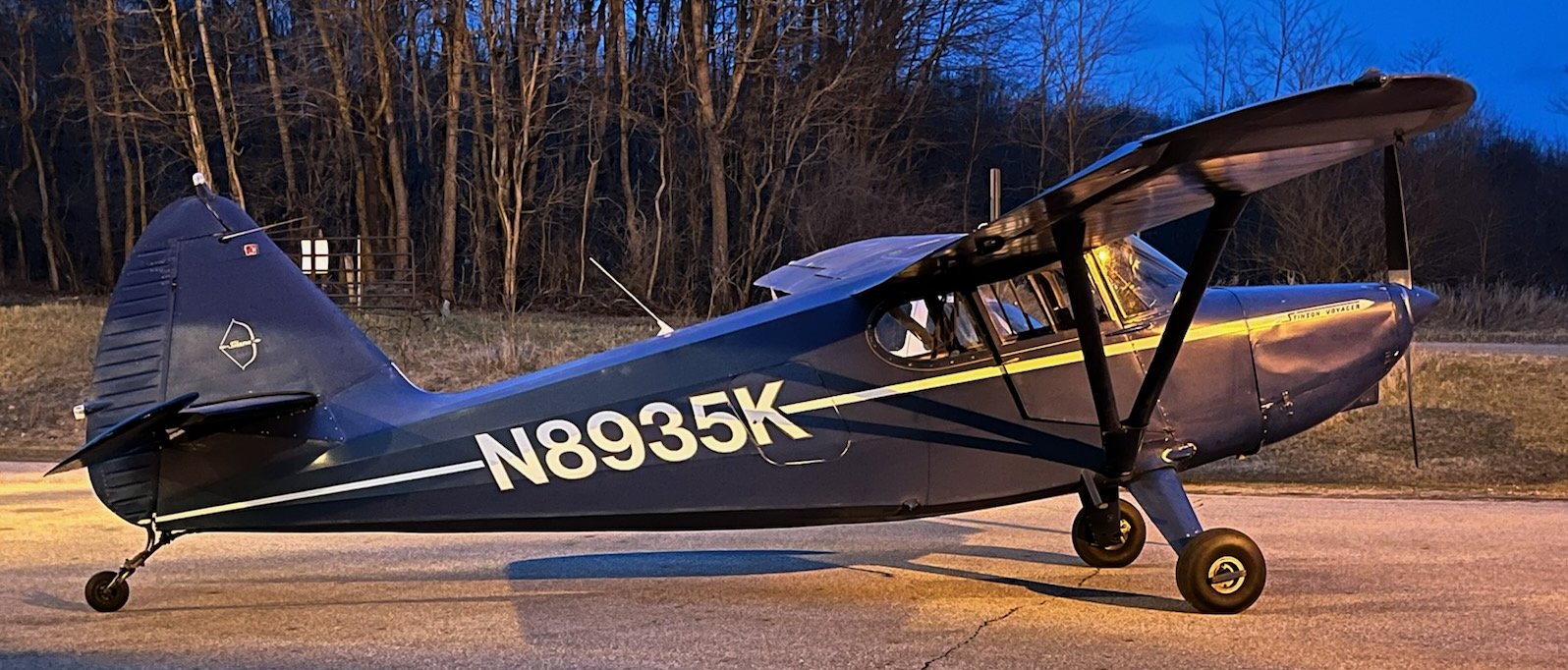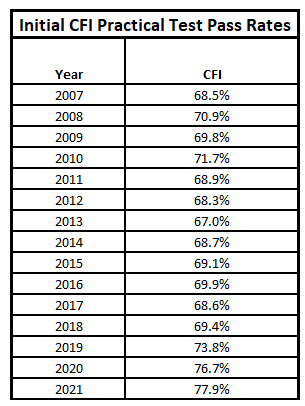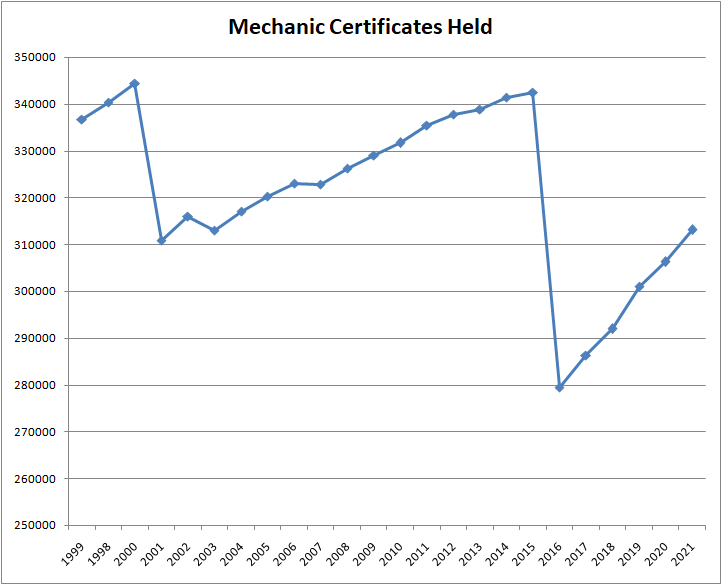Programming the correct things into your navigation system is pretty darn important. The wrong information in the navigation system gets you to the wrong place. And unless you are just looking for an adventure, or to get ATC grump, going to the wrong place probably isn’t what you want to do.
 This can be especially challenging to get correct when there are waypoints that are very close in what the “spelling” of the identifiers are, such as in the case of KMKG (the airport) and MKG (the waypoint that was formerly a VOR).
This can be especially challenging to get correct when there are waypoints that are very close in what the “spelling” of the identifiers are, such as in the case of KMKG (the airport) and MKG (the waypoint that was formerly a VOR).
In the picture to the right, you can see that the “magenta line” isn’t exactly headed toward the Muskegon, MI (KMKG) airport. Continue reading

 Always getting later in the summer, the opportunity to reset a night tailwheel currency (and ASEL) is a little more palatable to me the older I get when it is at 9pm instead of 11pm or later in the middle of the summer up here!
Always getting later in the summer, the opportunity to reset a night tailwheel currency (and ASEL) is a little more palatable to me the older I get when it is at 9pm instead of 11pm or later in the middle of the summer up here! 
